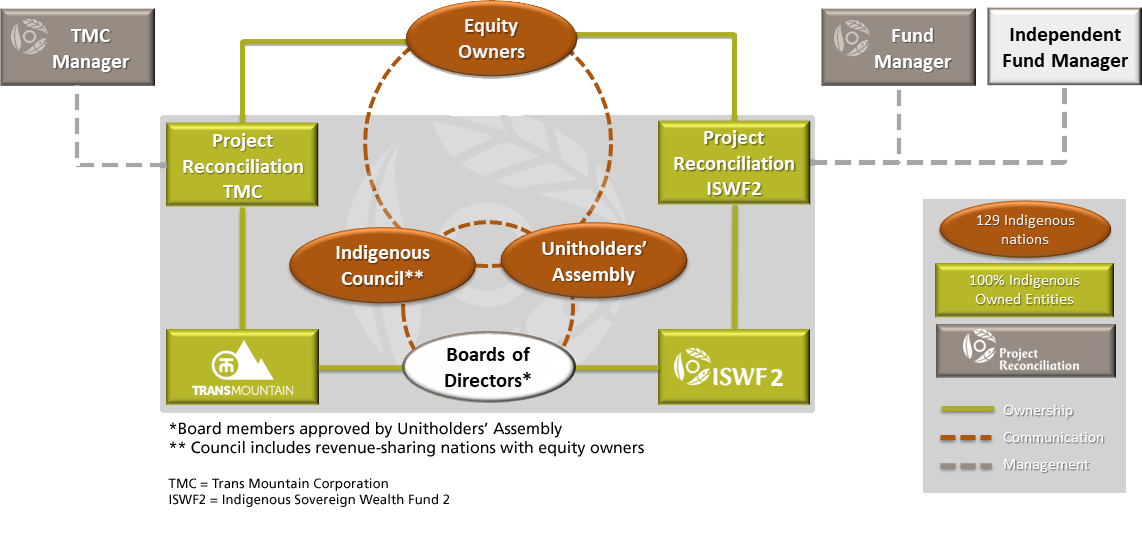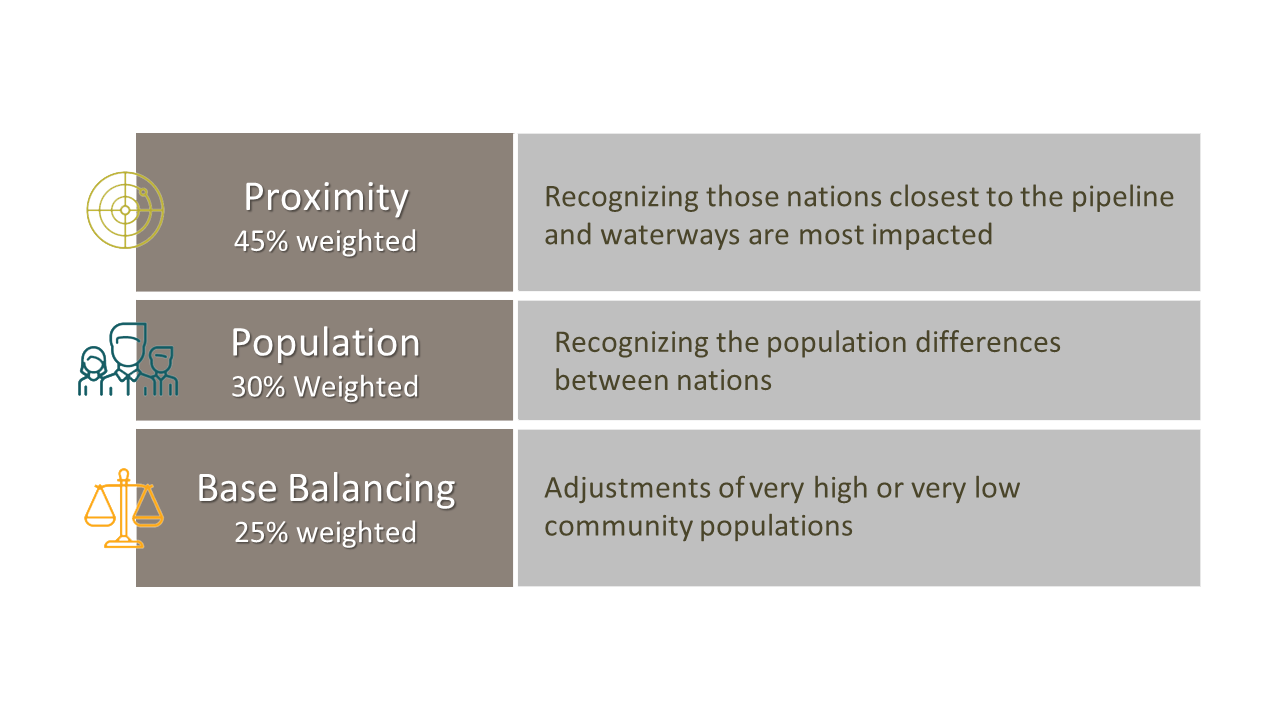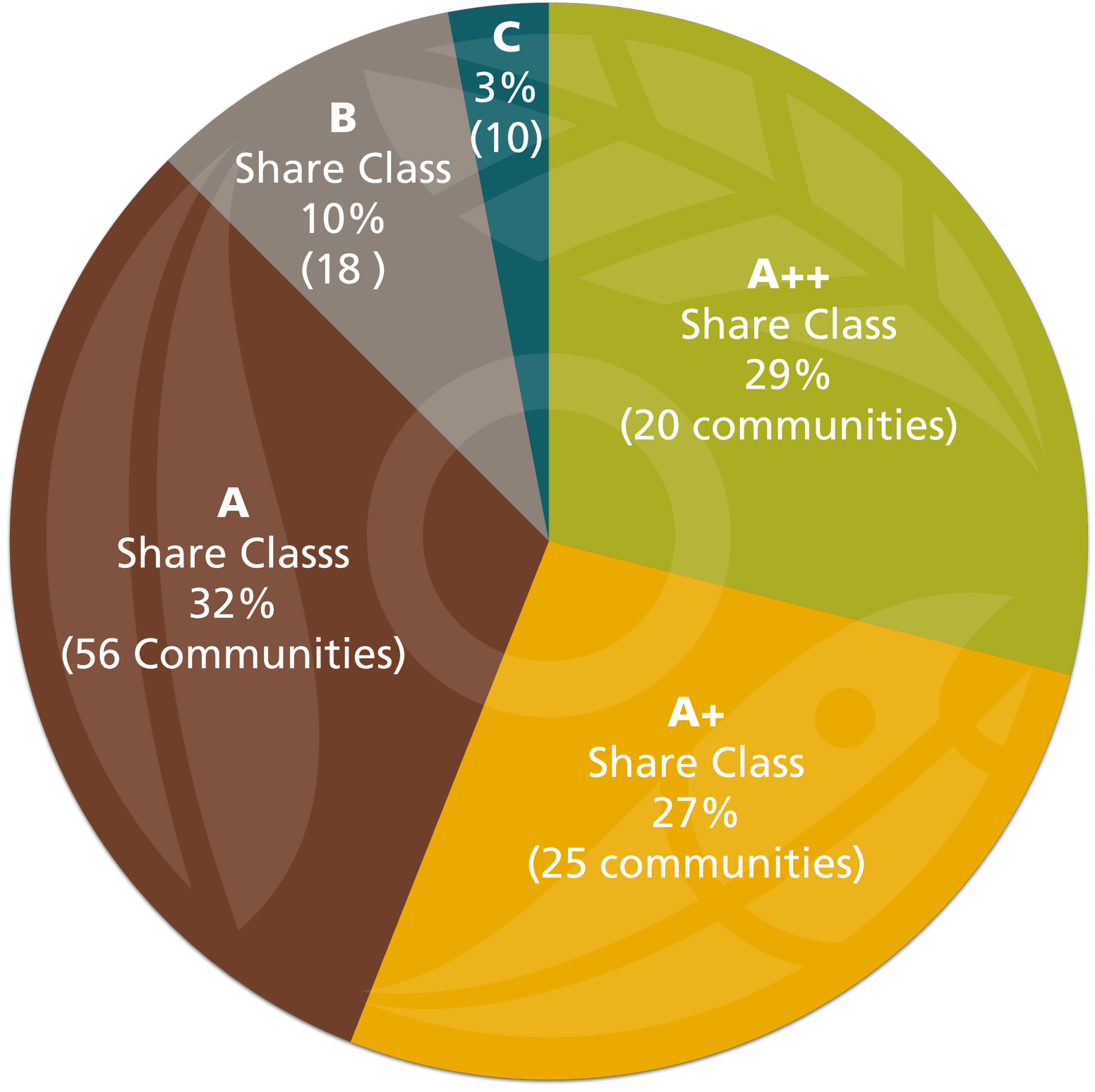We have created an empowering & inclusive partnership framework to foster economic independence & strengthen environmental stewardship for Canada’s Indigenous Peoples
FINANCE READY
Our Financing will Support Commercial Value of TMC
Securing Investment
Advanced discussions with major financial institutions
A syndicated bond financing plan – led by Tier 1 bank – is in place to secure all funds
Protecting Investments
Financiers will not receive an equity position in TMC
Bond covenants and contract clauses will ensure the pipeline remains available for operations
** Reconciliation Inc. or Project Reconciliation will NOT be owner(s) of TMC
Interested in more details? Please email our team [email protected]
GOVERNANCE READY
Indigenous nations and organizations demand real governance oversight over environmental, cultural and community aspects of commercial developments, not just economic benefits.
Our proposed Indigenous Governance Framework is structured to honour Indigenous People’s right to real governance oversight, including to self-determination, and economic sovereignty.
ONLY equity-ownership participating nations will be decision-makers within this proposed governance framework.
Reconciliation Inc. is proposing to be the administrative and Indigenous Sovereign Wealth Fund 2 managers (with another independent fund manager). Reconciliation will not be a decision-maker.

** NOTE: This framework also allows for a quick integration of the TMX IAMC to continue the work completed to-date from the participating nation members. Knowledge gained will be retained and the budget required can be part of the TMC operating costs or cash-flow (decision to be made by the equity participating Indigenous nations).
Indigenous Appointed Boards
Responsible for acting in the best interest of the participating Indigenous nations in managing the business and affairs of TMC and ISWF2
Indigenous Oversight and Guidance
Equity participating Indigenous nations will be represented in the Unit holders Assembly, who will:
– will make key policy decisions
– approve both Board of Directors as nominated by the Board’s Governance Committee
Proposed key policy decisions include:
– decisions on the expansion of ownership to groups outside of the 129
– approaches to environmental stewardship policies; and
– proportion of net revenues to be divided between: (1) revenue-sharing to participating Indigenous nations, and (ii) contributions to the Indigenous Sovereign Wealth Fund (ISWF2)
Proposed framework weaves Indigenous and western governance models

Interested in more details? Please email our team [email protected]
PARTNERSHIP READY
Proposed Share Class Structure
(Indigenous Ownership Calculations)
Different Share Classes reflect the varying percentages of ownership.
Share class allocations are based on proximity, level of impact and population as per the table

Higher share allocations are provided to those Indigenous communities closer to the pipeline right of way.
The percentage of Indigenous ownership will still be 100%.
Different Share Classes reflect the varying percentages of ownership. This ensure the interest is shared fairly, as possible, amongst the 129 Indigenous communities.
A++ Share Class
A+ Share Class
A Share Class
B Share Class
C Share Class
This pie chart illustrates the proposed ownership percentages of each Share Class for all 129 Indigenous nations

Interested in more details? Please email our team [email protected]
OUR APPROACH
Real Economic Reconciliation will take ALL of us.
Working together, Indigenous and Non-Indigenous people,
can change the existing business development model
by creating Indigenous capital for Indigenous nations in Canada.

